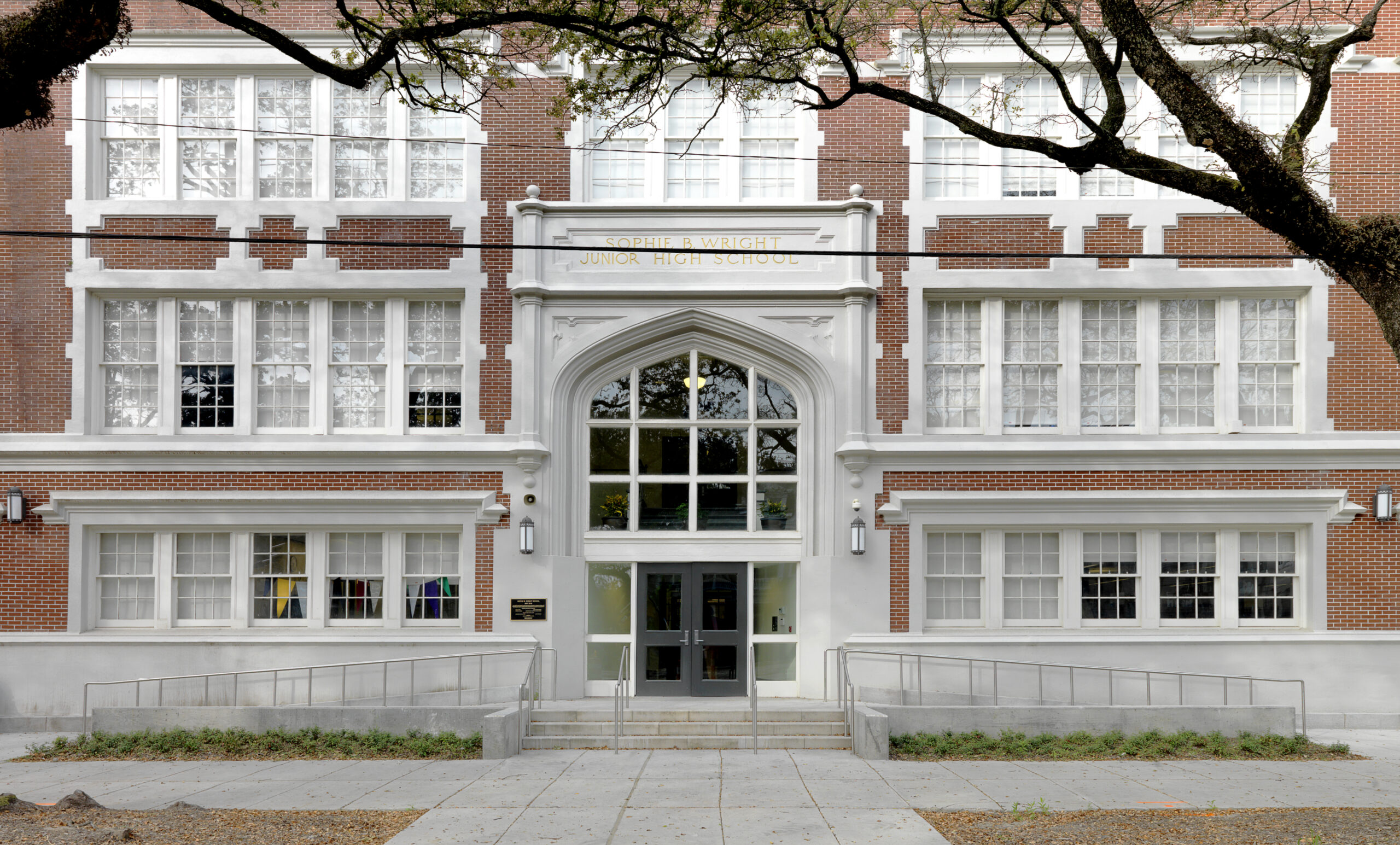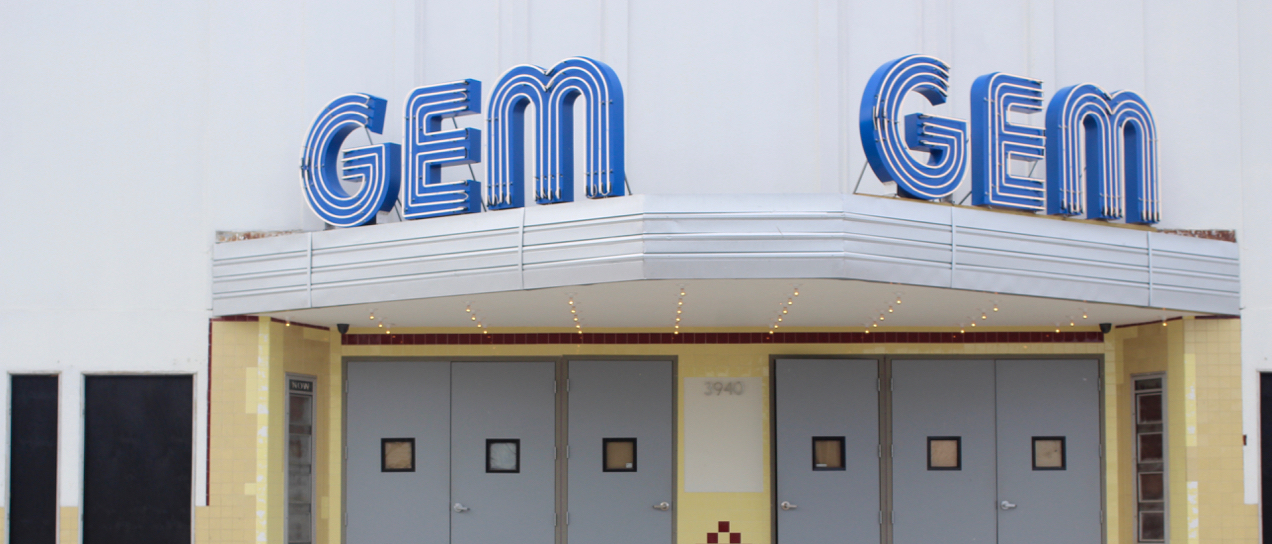What began as an opportunity to spruce up a blighted building within sight of his own home became an all-consuming project for Kevin Centanni, a retired “AV guy and museum exhibit designer.”
Centanni purchased 801 Rosedale Dr., a former police station built in 1936 that originally sat on the banks of the New Basin Canal, at a 2013 City auction. Neglected and ratty, the building was little more than a shell. “At first I thought it was just going to be my man cave,” Centanni said. Soon, however, the history of the site captured him. Built in part with salvaged materials from an 1879 police station, the building was relocated from its waterfront location in 1951 to its current home in a quiet pocket of Lakeview. The land it sits on was once part of the Girod Asylum, later known as the ‘Colored Waifs Home,’ where Louis Armstrong learned to play trumpet. Centanni’s research uncovered historic photos of the station at its original home on the canal, images taken during the building’s relocation, and photos of the station on its new site, with uniformed officers posing in front.
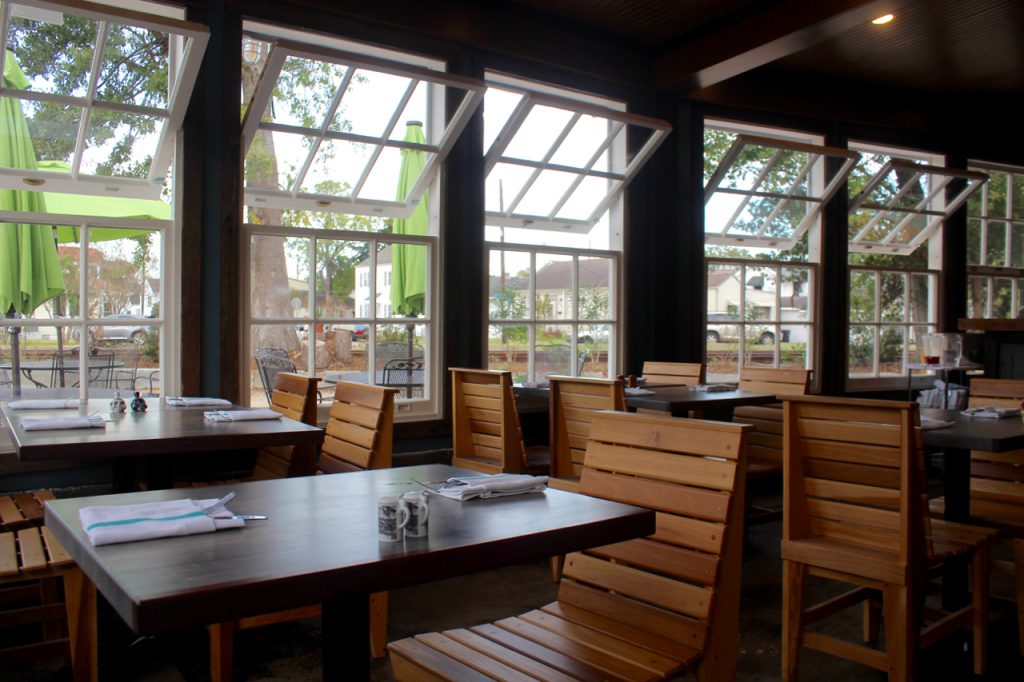
PRC – Rosedale Renovation / Photo by Liz Jurey
Inside, the historic architectural elements that remained also enraptured Centanni. Huge, ancient wooden beams created a cathedral ceiling inside the modest structure. The original hardwood floors were largely intact, as was the original slate roof. And best of all, the police station’s jail cell sat untouched, with dozens of messages, names and drawings etched onto the walls.
Centanni got to work restoring the structure, acting alone as contractor, despite having never undertaken a full renovation project. He learned as he went, patching the wood floors where needed, replacing the building’s vinyl windows with historic windows found at PRC’s Salvage Store, and expanding the back — a non-historic, shoddy addition that was open to the elements when Centanni bought the station — into a bright and spacious dining area that features a wall of pivoting window sills that were purchased for $7 each at PRC’s Salvage Store. “I had to put glass in them,” Centanni said, “but what a deal.” He also constructed a small addition onto the side of the building to accommodate a commercial kitchen.
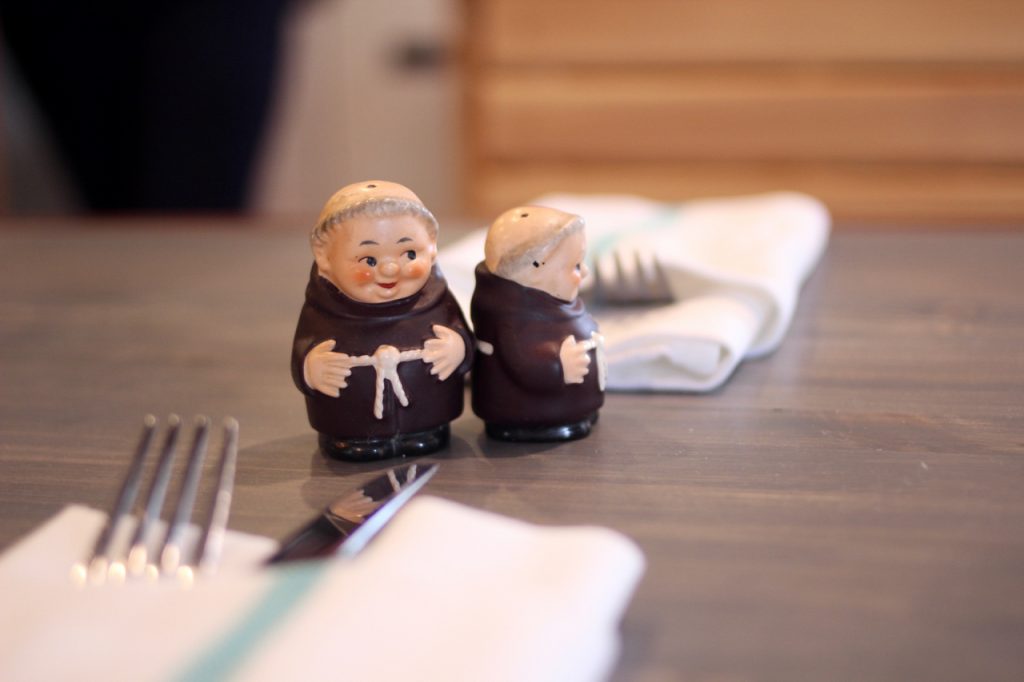
PRC – Rosedale Renovation / Photo by Liz Jurey
Centanni was thinking the building might be an ideal restaurant when he met locally beloved chef Susan Spicer at a party one night. He told her about the site, and Spicer liked the idea of opening a cozy neighborhood spot. Soon the two joined forces to open the restaurant Rosedale.
Not only did Spicer bring a stellar menu and esteemed reputation to the project, but her husband, Chip Martinson, carpenter and owner of Monkey-Wid-A-Fez, made the restaurant’s two bars, all its table tops and its dining chairs.
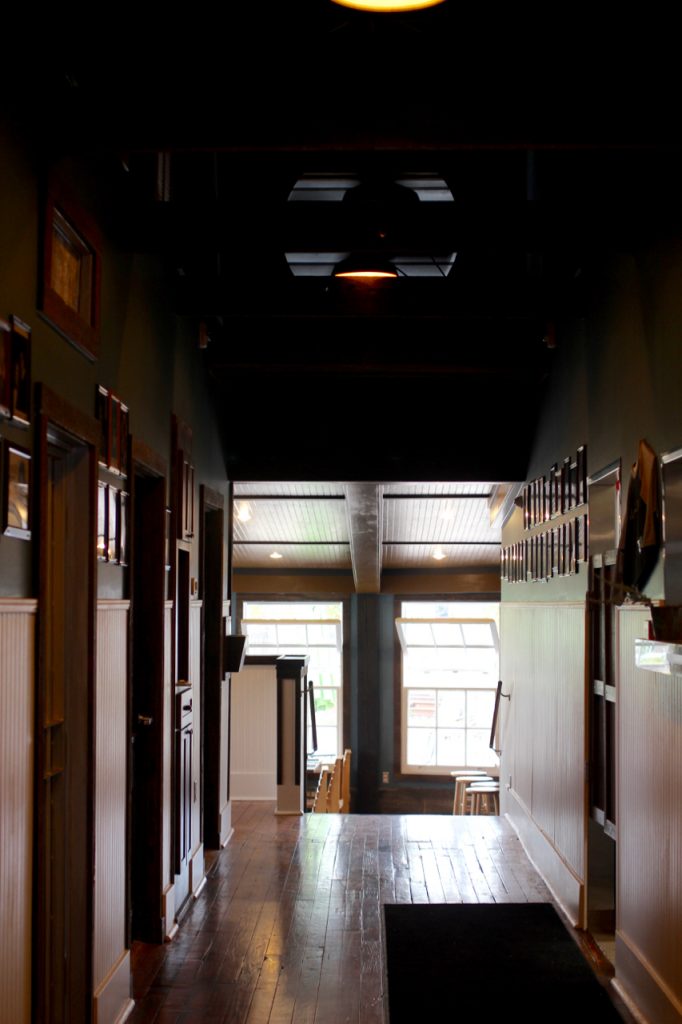
PRC – Rosedale Renovation / Photo by Liz Jurey
Centanni took care of the historic elements, carefully restoring wood ceiling beams and floors and transforming the jail cell into a chic bathroom, while interior designer Jason Jones worked with Spicer on the restaurant’s flourishes. Classic and cool white subway tile and gray marble surfaces blend beautifully with the rich finishes of the historic wood throughout the space. Centanni built a concrete ramp on the side of the building for ADA accessibility, and outfitted a large area behind the station for outdoor dining. Rosedale’s backyard abuts railroad tracks and a green that connects, less than a mile away, to the Lafitte Greenway.
Rosedale opened to much acclaim this fall, with oodles of accolades from diners and critics. Though the physical labor is over, Centanni’s work still isn’t done — after securing state historic tax credits for the project, he has decided to work towards National Register of Historic Places listing for the station, as well.
[flickr_set id=”72157674260282583″]






